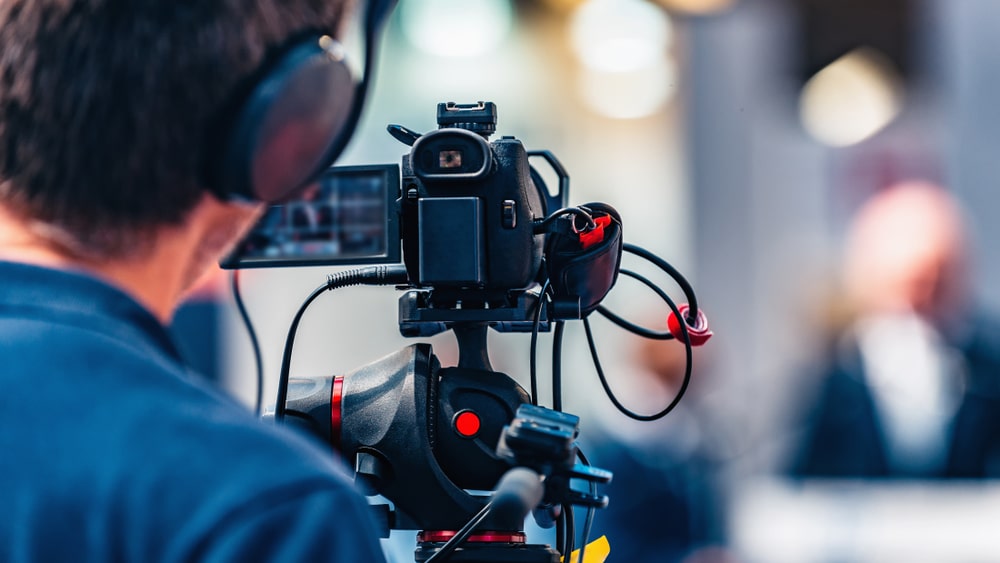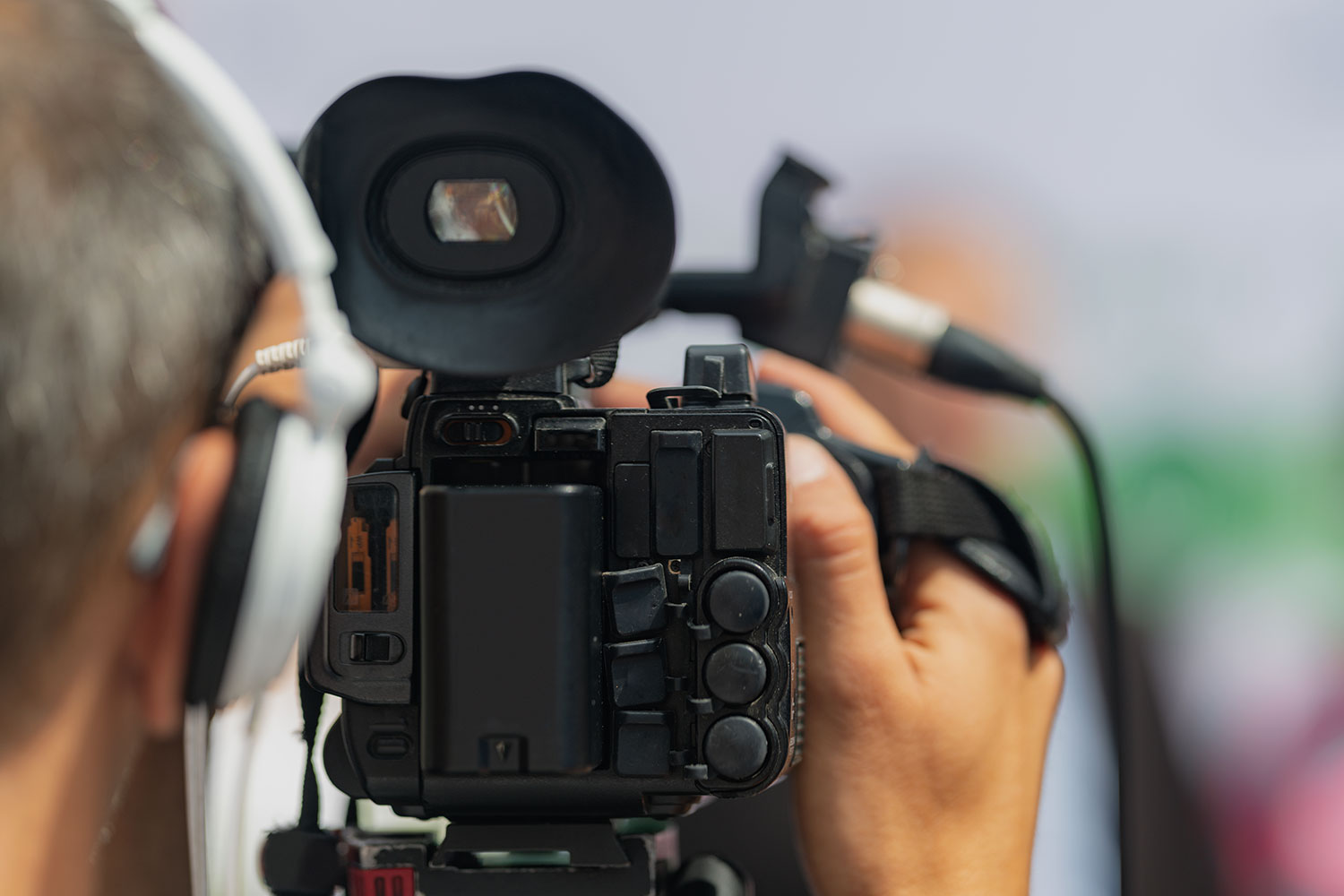How Legal Videography Can Improve Your Courtroom Efficiency
How Legal Videography Can Improve Your Courtroom Efficiency
Blog Article
Why Lawful Videography Is Essential for Accurate Court Recordings
The duty of legal videography in courtroom setups can not be overemphasized, as it serves as a vital tool for preserving the honesty of court documents. The effects of incorporating legal videography into typical court room methods raise vital concerns concerning its wider impact on the lawful system.
Significance of Visual Proof
In the realm of legal procedures, the importance of visual proof can not be overstated. Aesthetic evidence acts as a powerful device in establishing realities, substantiating testaments, and improving the total clearness of an instance. This sort of proof, that includes pictures, videos, and representations, can offer a substantial context that verbal summaries frequently do not have, thereby using courts and courts a more clear understanding of the situations surrounding a situation.
In addition, visual proof help in the retention of details. Human cognition is inherently visual, and people are most likely to bear in mind and understand info provided in a visual layout. In the court, this can be essential, as compelling aesthetic proof can sway opinions and strengthen the narrative presented by lawful reps.
Additionally, making use of aesthetic evidence can lessen misunderstandings and uncertainties that typically occur from verbal exchanges. By offering a straight representation of events, visual proof helps to eliminate subjective analyses and cultivates a much more unbiased exam of the realities. Consequently, the integration of visual proof into legal procedures not only strengthens the integrity of the judicial process but likewise improves the probability of accomplishing a just outcome.
Recording Non-Verbal Hints
Making use of innovative videography strategies can considerably improve the capture of non-verbal hints during lawful procedures. Non-verbal communication, consisting of faces, body movement, and eye get in touch with, plays a crucial duty in communicating emotions and purposes that may not be clearly mentioned in verbal testament. legal videography. Lawful videography employs high-def video cameras and strategic angles to make certain that these subtle cues are recorded with quality and precision
The capacity to evaluate non-verbal actions can offer beneficial context to statements made during court sessions. As an example, a witness's reluctance or self-confidence can be translated via their position or motions, potentially affecting the jury's perception of credibility. The usage of close-up shots can aid focus on a speaker's expressions, enabling for an extra nuanced understanding of the testament.
Furthermore, integrating numerous video camera angles can produce a comprehensive view of interactions, highlighting dynamics between celebrations included. This diverse approach not only improves the accuracy of the court record however additionally help in maintaining the integrity of the judicial procedure - legal videography. Inevitably, recording non-verbal signs via lawful videography fosters a richer, extra full representation of court room procedures

Enhancing Testimony Reliability
The reliability of testimony can published here be significantly strengthened with making use of high-grade legal videography. Video clip recordings serve as an objective tool that captures not just the talked words of witnesses however additionally the nuances of their shipment, consisting of tone, pacing, and emotional expressiveness. This diverse documents offers a more clear understanding of the witness's integrity and intentions, which can be critical in lawful proceedings.
Additionally, lawful videography reduces the capacity for misinterpretations that may emerge from written transcripts alone. When jurors can observe a witness's temperament and body language in conjunction with their statement, they are much better equipped to evaluate the credibility and integrity of the proof presented. This visual context can strengthen the testimonial narrative, making it a lot more compelling and credible.
Additionally, the existence of a video recording can discourage prospective variances in testament. Witnesses might be more careful in their statements when they understand they are being tape-recorded, causing even more precise and honest accounts. Generally, top notch lawful videography boosts the honesty of statement, making sure that the court has access to a total and honest representation of the facts as shared by the witnesses.
Sustaining Appeals and Reviews
Legal videography plays a vital function in supporting appeals and reviews by giving a thorough aesthetic record of court procedures. This visual documentation records not just the spoken words of witnesses and lawyers however likewise the nuances of body movement, intonation, and court room dynamics. Such elements can be crucial in recognizing the context of testaments and disagreements presented.
In the appellate procedure, where the focus is on mistakes of legislation and procedural fairness, a video clip record can offer as an essential device for appellate courts. It enables courts to evaluate the initial trial context, ensuring that choices are based on a total understanding of the process. The capability to visually examine the attitude of witnesses or the interactions in between parties can expose understandings that written records might overlook.

Furthermore, lawful videography can aid in making clear ambiguities in statements or step-by-step judgments, thereby enhancing the basis for an appeal. By supplying a dependable, objective account of what taken place in court, lawful videography not just supports the honesty of the legal process but additionally empowers all celebrations included to make educated choices concerning their instances.
Simplifying Court Room Procedures
Enhancing court room performance, lawful videography enhances processes by providing immediate accessibility to aesthetic documents of procedures. This innovation allows courts, lawyers, and juries to revisit critical testimony and proof, making certain that all events have a clear understanding of the situation. By capturing the nuances of spoken and non-verbal communication, videography enriches the document, making it much easier to grasp the context and weight of testimonies.

In addition, video clip recordings can help with remote involvement in hearings, enabling higher adaptability in organizing and involvement, which is especially valuable in complex cases involving multiple stakeholders.
Conclusion
To conclude, legal videography plays an important function in click here for more guaranteeing precise court recordings by offering necessary aesthetic evidence that captures both verbal and non-verbal communication. This technique boosts the integrity of statements, supports appellate reviews, and streamlines court room procedures. By promoting an extensive understanding of courtroom characteristics, lawful videography eventually adds to extra fair judicial results, reinforcing the honesty of the lawful system and helping with informed decision-making.
Report this page